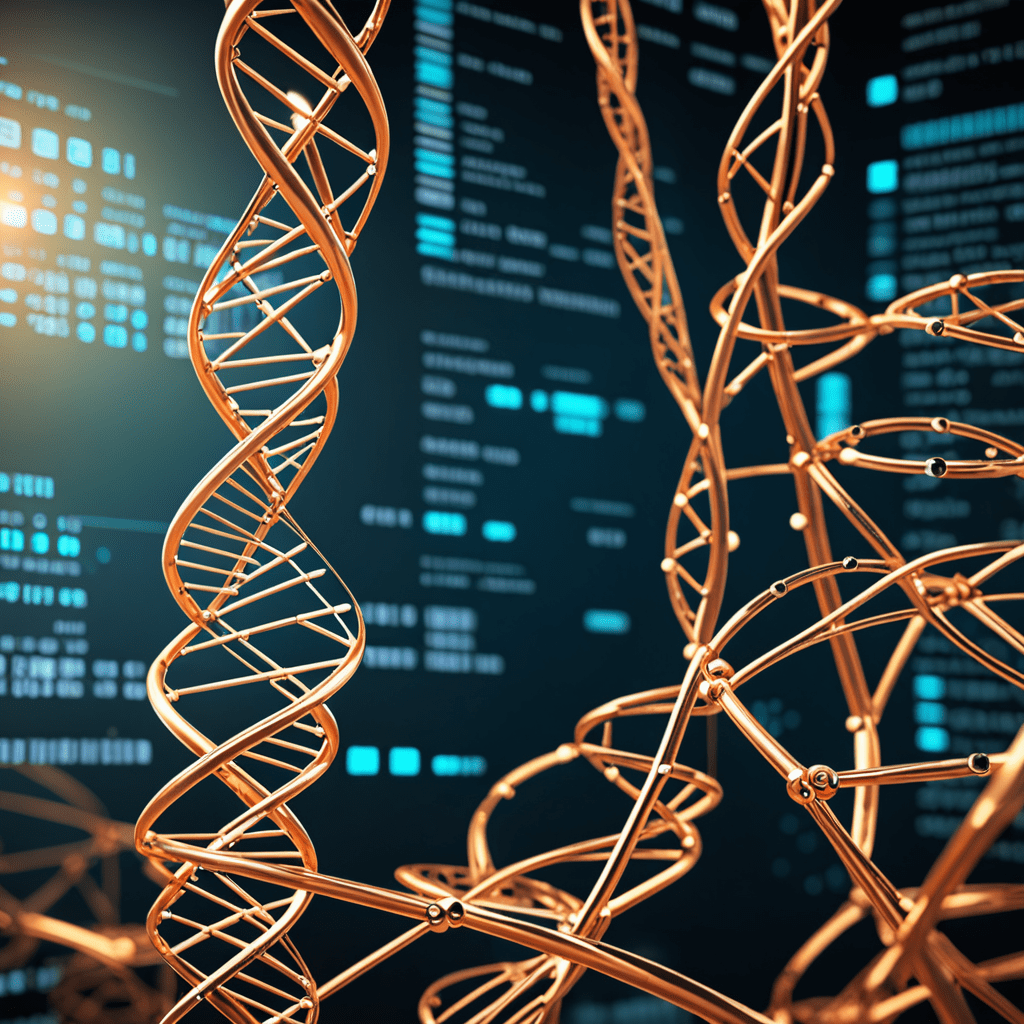The Role of Computational Biology in Biotechnology and Bioinformatics
In the realm of biotechnology and bioinformatics, Computational Biology plays a pivotal role by utilizing data analysis, mathematical modeling, and computer simulations to understand biological systems.
Understanding the Basics of Computational Biology
Computational Biology involves the application of algorithms and computational techniques to analyze biological data, enabling researchers to explore complex biological processes and interactions.
Applications of Computational Biology in Biotechnology
1. Drug Discovery: Computational methods are used to predict the interaction between drugs and biological targets, accelerating the drug discovery process.
2. Protein Engineering: Computational tools aid in designing novel proteins with specific functions, benefiting industries such as pharmaceuticals and agriculture.
3. Genetic Engineering: By analyzing genetic data, computational biology assists in genetic modification for improved crop yields and disease resistance.
Utilizing Bioinformatics for Data Analysis
Bioinformatics involves the application of computational tools to analyze and interpret biological data, such as DNA sequences and protein structures, leading to insights into various biological processes.
Importance of Bioinformatics in Biotechnology
1. Genomic Analysis: Bioinformatics tools are crucial for analyzing large genomic datasets, offering insights into genetic variations and disease associations.
2. Comparative Genomics: By comparing genetic sequences across species, bioinformatics aids in understanding evolutionary relationships and functional genomics.
3. Systems Biology: Bioinformatics contributes to modeling biological systems at a holistic level, providing a comprehensive view of cellular processes.
Challenges and Future Trends in Computational Biology
As computational biology continues to evolve, challenges such as data integration and algorithm development persist. However, advancements in artificial intelligence and machine learning are poised to revolutionize the field, offering new opportunities for innovation.
Conclusion
In conclusion, the fusion of biotechnology and bioinformatics through computational biology presents a promising frontier for scientific discovery and technological advancement. By harnessing the power of computational tools, researchers can unravel the complexities of biological systems and drive forward progress in various fields.
Biotechnology and Bioinformatics FAQ
What is biotechnology in computational biology?
Biotechnology in computational biology involves utilizing computer algorithms and software to analyze biological data, aiding in the understanding of complex biological systems.
How is bioinformatics used in biotechnology applications?
Bioinformatics plays a crucial role in biotechnology by processing and interpreting biological data, such as DNA sequences, to develop new medicines, improve crop yields, and advance personalized medicine.
What are the key applications of computational biology in biotechnology?
Computational biology is employed in various biotechnological applications, including drug discovery, genetic engineering, metabolic modeling, and personalized medicine, enhancing research and development processes.


